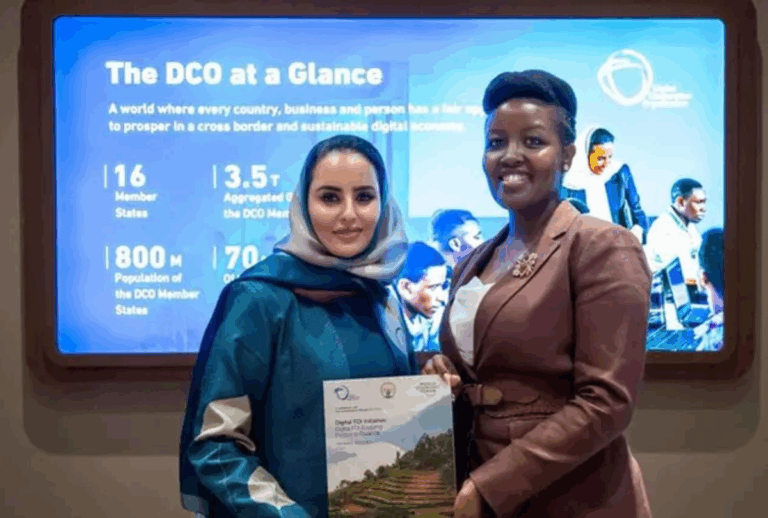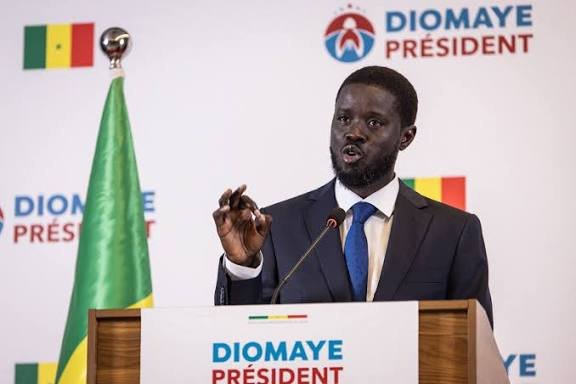Rwanda acquires the first surgical machine in the region
Rwanda has received a machine used in advanced medical procedures, especially brain surgery and reconstructive surgery.
The machine, known as the ‘ZEISS KINEVO 900 S’, was delivered to King Faisal Hospital (KFH) through the Rwanda Medical Supply Ltd.
It helps surgeons see small parts that are difficult to see with the naked eye, and it also works in a ‘robot’ mode and can be moved without the help of a doctor.
A neurosurgeon at King Faisal Hospital, Dr. David Hakizimana, said that the ZEISS KINEVO 900S that the hospital received is one of the most advanced robotic surgical machines.
The doctor said that this machine, which looks at parts that humans cannot see with the naked eye (microscope), shows how medical technology continues to advance not only at KFH but also in the Rwanda region where it is located.
Dr. Hakizimana continued, “It is the KINEVO 900S with all the necessary equipment available in East Africa.”
He said that this step puts Rwanda at the forefront of advanced surgical medicine, without mistakes because the surgeon has a real image of the operating site, which is an advantage when assisted by a robot.
It is a machine that operates according to the instructions of the surgeon, helping him to show the parts of the body that are being operated on even if they are very small, because it brings us to a larger image.
Dr. Hakizimana said, “This allows a person to work with all the information without mistakes, especially in critical areas such as the brain and spine, avoiding damage to other parts near the surgical site.”
It is a machine that can be used and moved and places its cameras where it is needed for surgery without requiring the surgeon to move it, which helps to avoid wasting time and avoiding other risks that may occur during the operation.
The machine is also stable and helps the surgeon avoid fatigue during long or difficult operations.
The ZEISS KINEVO 900S provides excellent images that help the surgeon distinguish tumors, blood vessels, and even distinguish between healthy and diseased tissue.
Dr. Hakizimana said, “This helps to remove tumors from the brain or correct defects in that part of the body without damaging anything and helps to preserve the brain so that it continues to function properly.”
The machine also has a small lens (QEVO) that helps the surgeon see areas that are difficult to see with a regular microscope.
The brain surgeon can see from all angles, thus identifying the patient's problem if surgery is required and removing it without any problems.
This ensures that no tumor or other problem is left in the brain during surgery, and the patient is treated properly without any problems.
Because it provides good images showing parts of the body, the ZEISS KINEVO 900S is expected to contribute to education where junior doctors and medical students can learn on the job better.
This machine can also display the surgical procedure in real time, and transmit it to other sites so that other doctors in other hospitals can follow the progress as if they were there.
ZEISS KINEVO 900S has the ability to follow commands given to it, whether in the form of voice or foot control.
This means that the doctor can tell it what he wants or give it instructions with his foot, and it can move wherever he wants without having to leave his current position. This speeds up work without disturbing the occupants.
It is a machine that is also expected to promote Rwanda's plan to develop medical tourism, where patients and other medical professionals from other countries will come to seek the services it provides.
ZEISS KINEVO 900 S was manufactured by Carl Zeiss Meditec AG in Germany but also has branches in the United States, Japan, Spain, India, China and elsewhere.






